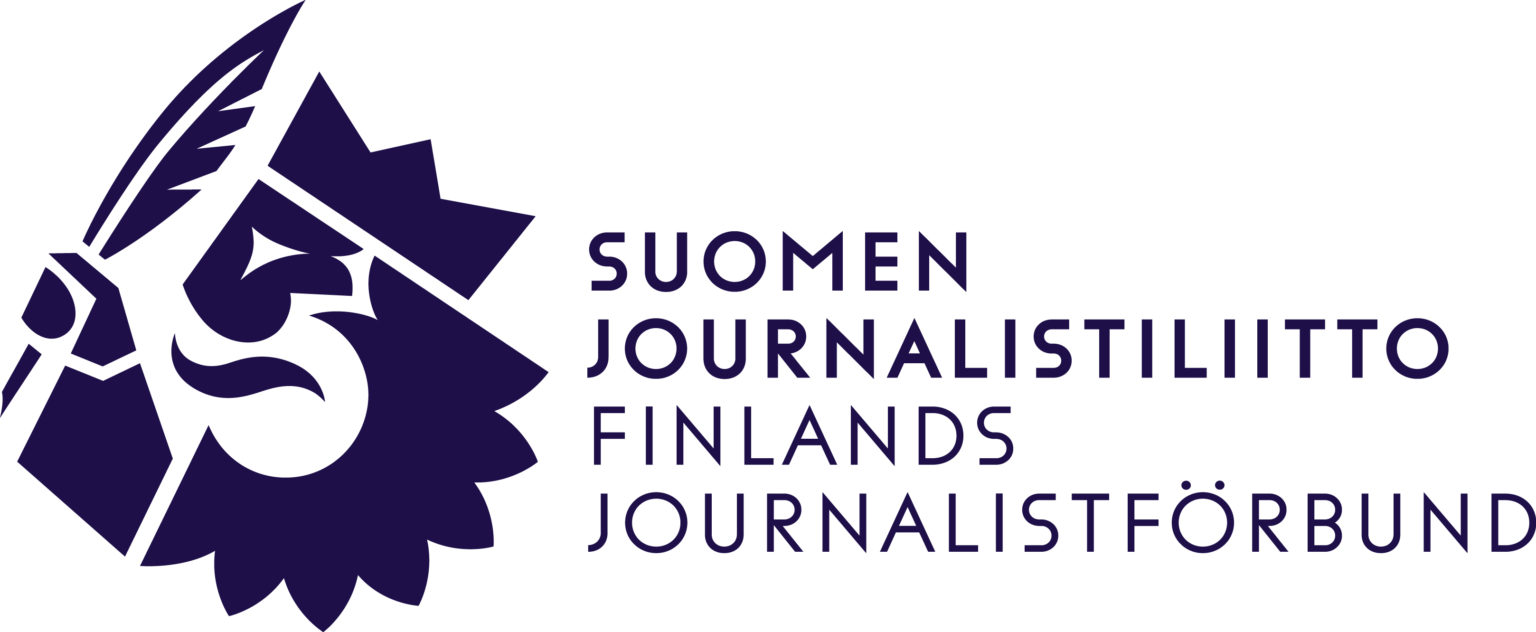On 2nd November press freedom advocates gathered at the iconic Houses of Parliament in London to mark the second ever International Day to End Impunity for Crimes Against Journalists. We heard UN statistics that only seven percent of cases involving crimes against journalists are ever solved and less than one crime in 10 is even fully investigated. This ultimate method of media censorship, perpetuated by an endless cycle of impunity, always leaves a mark on everyone at INSI, including our board member Cilla Benko, who this month eloquently called for those who attack journalists to be identified and punished. INSI’s Rodney Pinder speculated in his monthly podcast that the spate of horrible attacks against the media, coupled with increased government surveillance of journalists in all countries, including supposed democracies, is forcing many in our profession to resort to self-censorship. Training in Jordan for journalists under threat In such a violent world for journalists INSI remains committed to keeping our colleagues alive. In early December we are running a four-day safety training course in Jordan for reporters from Syria, Iraq and Yemen, among the most dangerous countries for journalists in the world today. We know that with enough information, and preparation, it is possible to work more safely when bullets start flying. Having proper equipment plays a big part in that, so INSI is in the process of donating body armour to our partners at the North Africa Correspondents’ Club in Tunisia and Arab Reporters for Investigative Journalism (ARIJ) based in Jordan. High risk advisor Chris Lawton, from INSI member Bloomberg, starred in our training video on how to properly use a flak jacket in hostile environments. Surviving the story: foreign correspondent offers advice Also this month, we met Swedish journalist Khazar Fatemi at the annual News Xchange conference of broadcast industry professionals in Berlin. She told INSI about reporting from conflict zones like Afghanistan and gave us her advice on surviving the story. The Dart Centre Europe’s Gavin Rees answered our questions about the impact that viewing traumatic images has on those back in the newsroom. INSI has the sad task of keeping track of all journalists around the world who are murdered for doing their jobs. November saw the loss of five media workers as 2015 showed every sign of ending as violently as it began for journalists. Killed were Pakistanis Hafeez Ur Rehman and Zaman Mehsud; Brazilians Israel Gonçalves Silva and Italo Eduardo Diniz Barros; and Mexico’s Juan Carlos Landa. So far in 2015 102 media workers have died. Virtually no one has been identified as their killers, let alone convicted of their murders. Lisa Clifford is INSI’s news and projects manager Image by AFP



























































